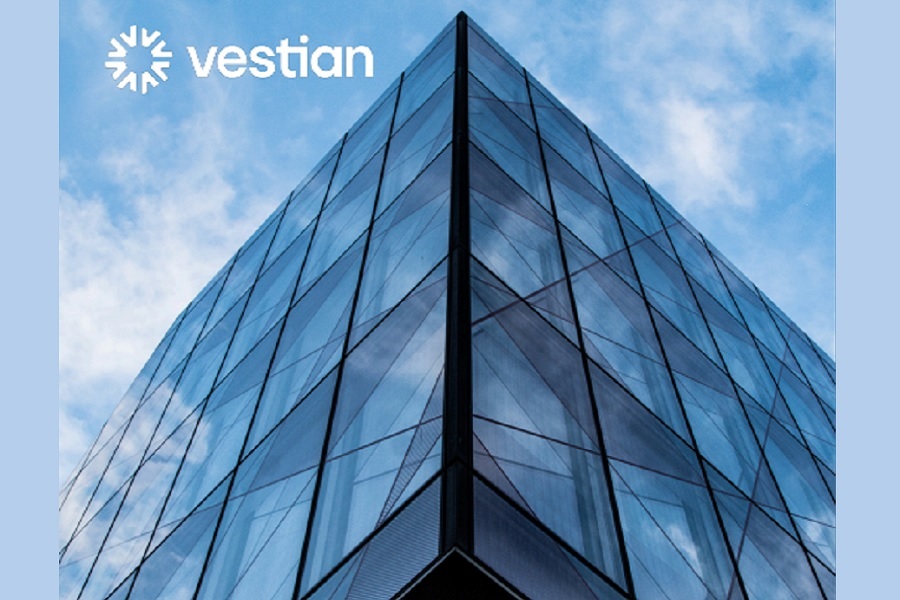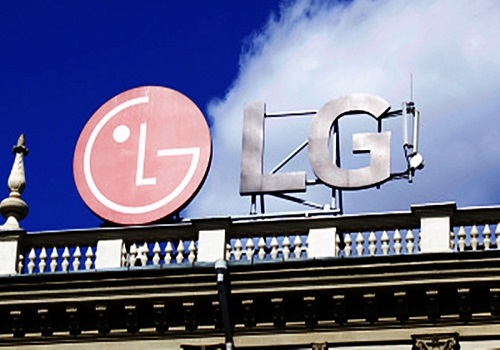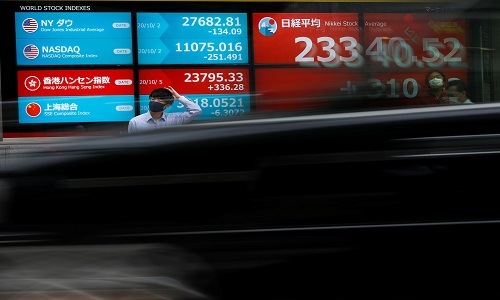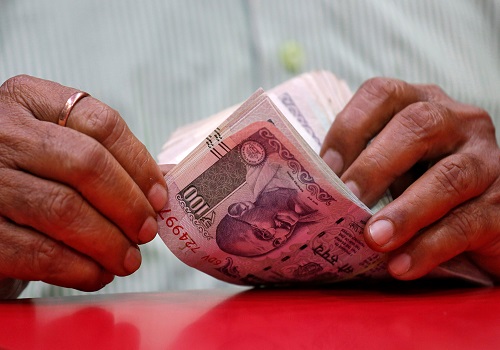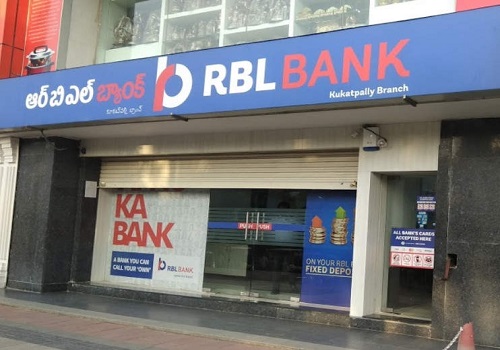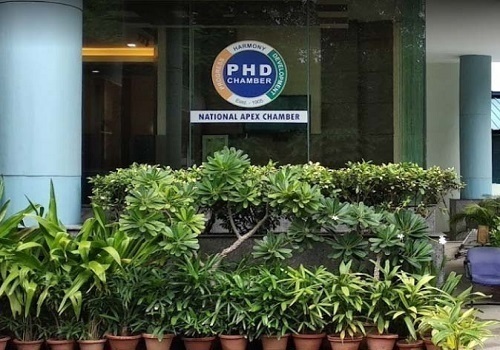Stage set for pvt investment cycle; new growth triggers are in place
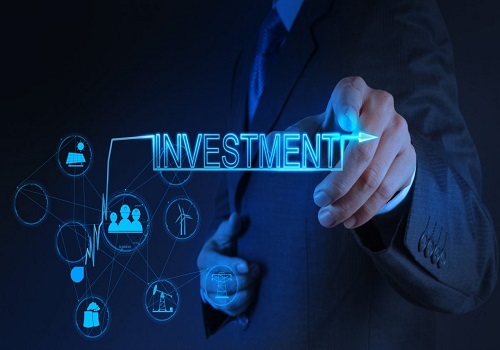
Follow us Now on Telegram ! Get daily 10 - 12 important updates on Business, Finance and Investment. Join our Telegram Channel
The external environment for the capex cycle in the current decade will more likely resemble that seen seen in the first decade of the century (2000's) in terms of global liquidity, monetary policies and healthy balance sheets, a report based on key economic indicators has said.
According to the Crisil research report on economic recovery and pace of investment in the economy, the Industrial Entrepreneur Memorandum (IEM) filings with the government, the pace of environmental approvals, and the surge in foreign direct investments (FDI), the investments have already crossed pre-pandemic levels, all clearly indicating and confirm a recovery.
As per the report, the PLI scheme has given a much-needed booster dose to failing capex. Without it, capex would have likely taken nearly two years to touch pre-pandemic levels.
Actualisation of the scheme will result in aggregate industrial capex rising 1.3 times through fiscals 2022-2024 in comparison to fiscals 2018-2020, said the report.
The new capex cycle will be relatively distinct compared with earlier cycles on several counts. First, asset-heavy sectors such as metals, cement, and mining will see more localised investments, led by large players at their existing sites (brownfield capex). In comparison, asset-light ones such as phar ma, telecom equipment, mobile, and electronics will see more greenfield cape x, led by PLI as well as supply chain diversification. Second, the pandemic- induced focus on digital and automation will spur growth. Third, rising emphasis on environmental, social, and governance (ESG) compliance will trigger green capex towards energy transition, especially for core industrial sectors , said the report.
Last fiscal, the top 350 of the 15,000 manufacturing firms (non-infra -- listed and unlisted) on CRISIL's Quantix platform deferred capital expenditure (capex) because of the Covid-19 pandemic. This led to an estimated 14 per cent contraction in their capex, albeit less than a 21-23 per cent decline for the entire industry.
Typically, the 15,000 manufacturing firms spend Rs 3.2-3.5 lakh crore annually, with a chunky part of the capex being invested by large firms. The dispersion analysis of the capex spread shows that 62-65 per cent is spent by the top 350, 20-22 per cent by the next 1,400 firms, and a meagre 15-18 per cent by the next 13,000+.
To be sure, the past decade witnessed a relatively muted private industrial c apex cycle, especially during fiscals 2013-2017, on weak demand, strong supply and leveraged balance sheets. While fiscal 2018-2020 did see a revival, it was largely led by regulatory capex in the oil & gas and automotive space (emission norms compliance) and large metal firms. Then the pandemic struck, causing sector-wide capex deferral. but things are changing this year with a pick up in capex and investments.
Overall, private industrial capex appears to be getting into a whole new cycle after the pandemic hiccup -- this time around armed with a new set of growth drivers. That said, the new capex cycle will depend on government support and policy measures, implementation thereof, Crisil said.



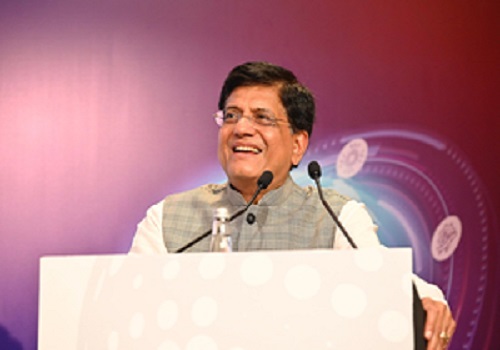

.jpg)




More News

Cabinet approves policy on long-term leasing of railway land

